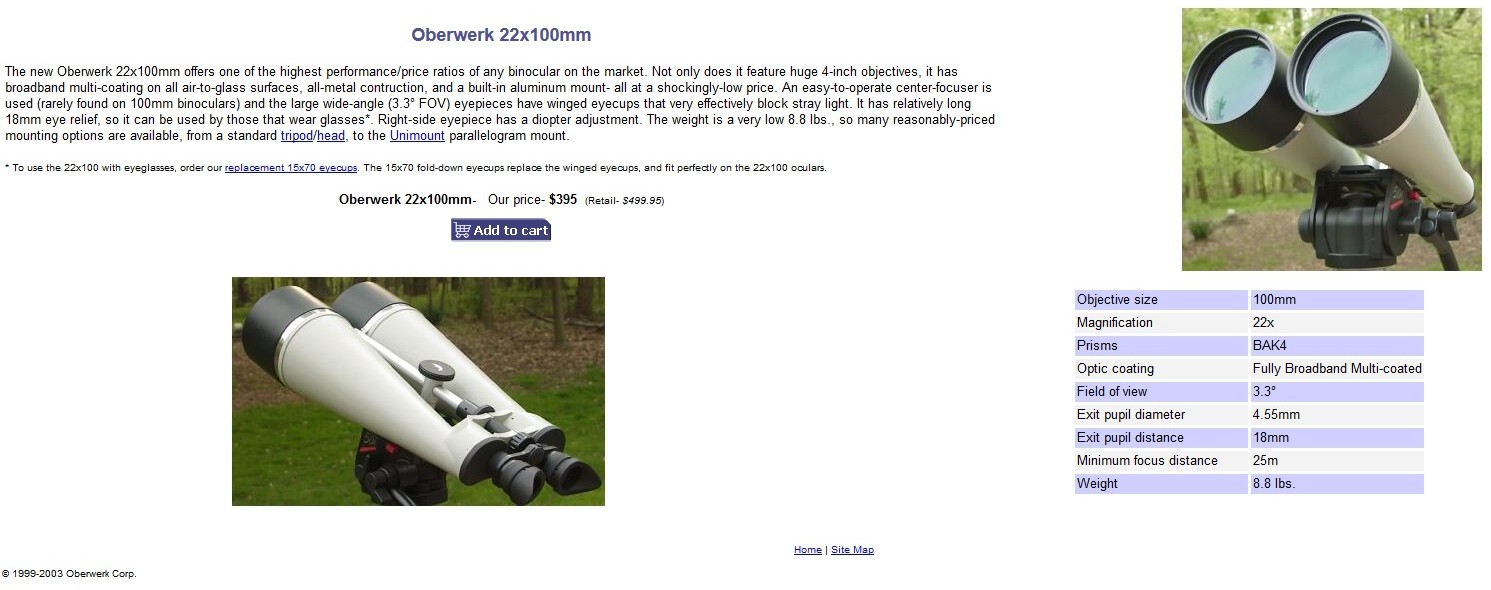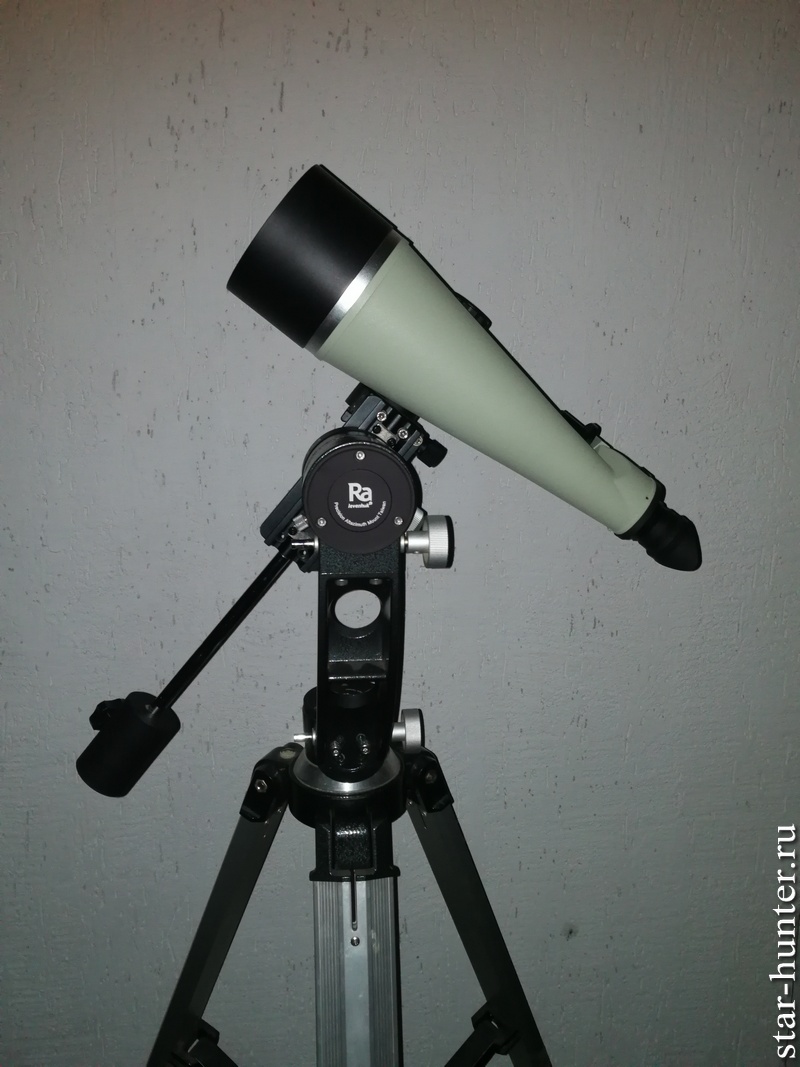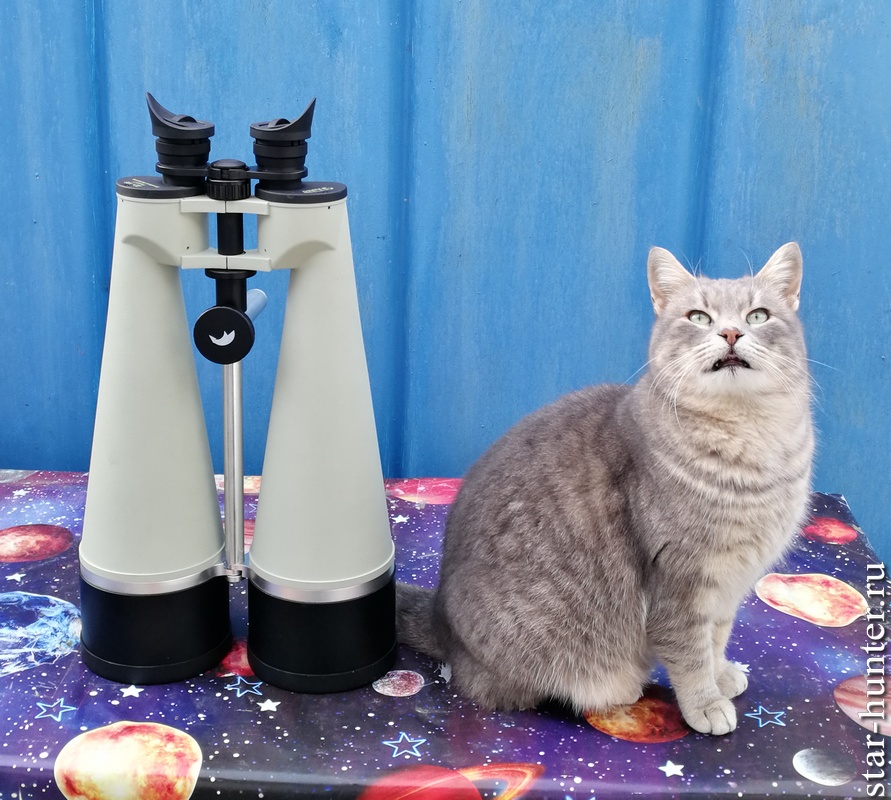
Visual observations of celestial objects are perhaps the most impressive and romantic part of amateur astronomy. Not a single photo can replace sensations from what is visible with eyes. In this regard, binocular astronomy has its advantages, since when viewed with two eyes at the same time, the limiting stellar magnitude is noticeably improved. Check it is very simple – look at the night sky, first with one naked eye, and then with two. Despite the fact that space objects are so far away that the stereo effect does not manifest itself, binocular observations allow you to immerse yourself in observations, relax your eyes and calmly peer into the image.
On New Year’s Eve, I decided to upgrade the equipment a bit and upgrade from the ZOMZ BPC 20×60 binoculars to a larger aperture. Large Celestron binoculars immediately disappeared due to the unstable quality of the products, namely, poor and unstable collimation in at least three binoculars of my friends (two copies 20×80 and one 25×100). Based on good reviews, the choice fell on JJ-Astro 22×100 binoculars, also known as Oberwerk. Unfortunately, the device has already been discontinued and can only be purchased on the secondary market. This is an astronomical binocular with central focusing, Porro scheme and without a break in the axis.
Aperture 100 mm
22x magnification:
Bak4 Prisms
Full MC coated
Visible field of view 3.3 degrees
Exit pupil 4.55 mm
Removal of pupil 18 mm.
The minimum focusing distance of 25 meters
Weight 4 kg.
The first impression is how huge it is … The size of the binoculars in the native case is the size of the Celestron C8 optical tube, 56 x 34 x 18 centimeters. Inside the coffer is foam protection, in the form of binoculars. There is a carrying belt.
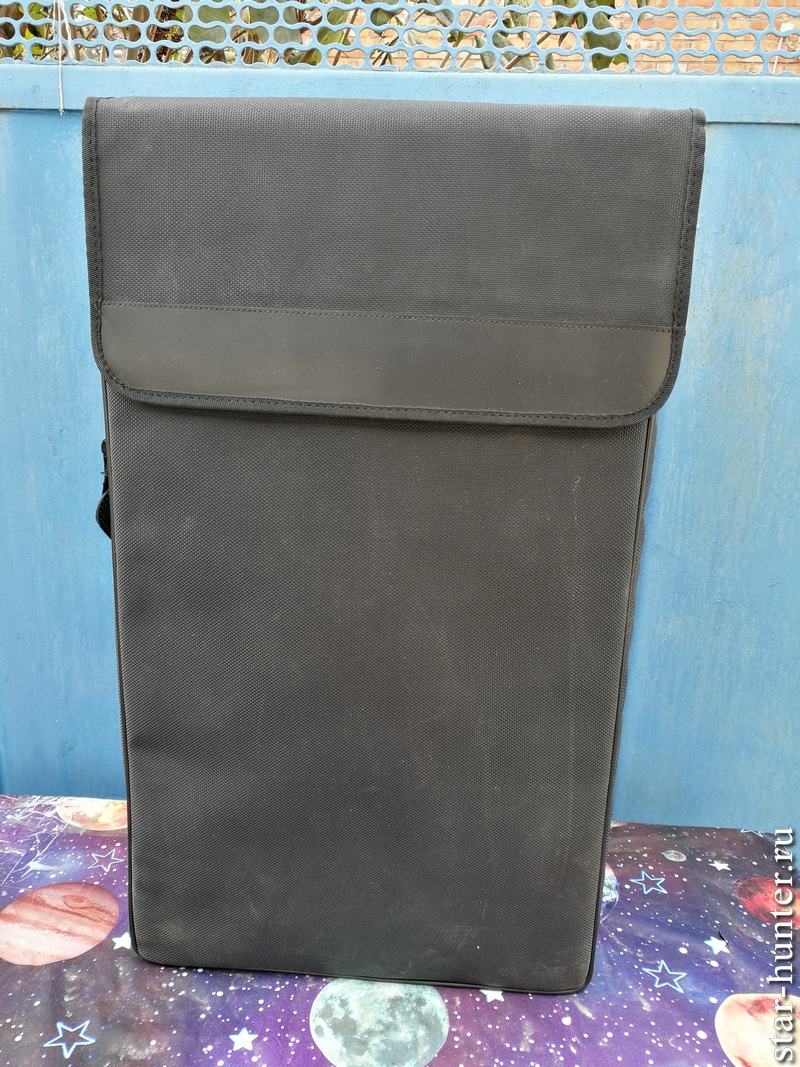
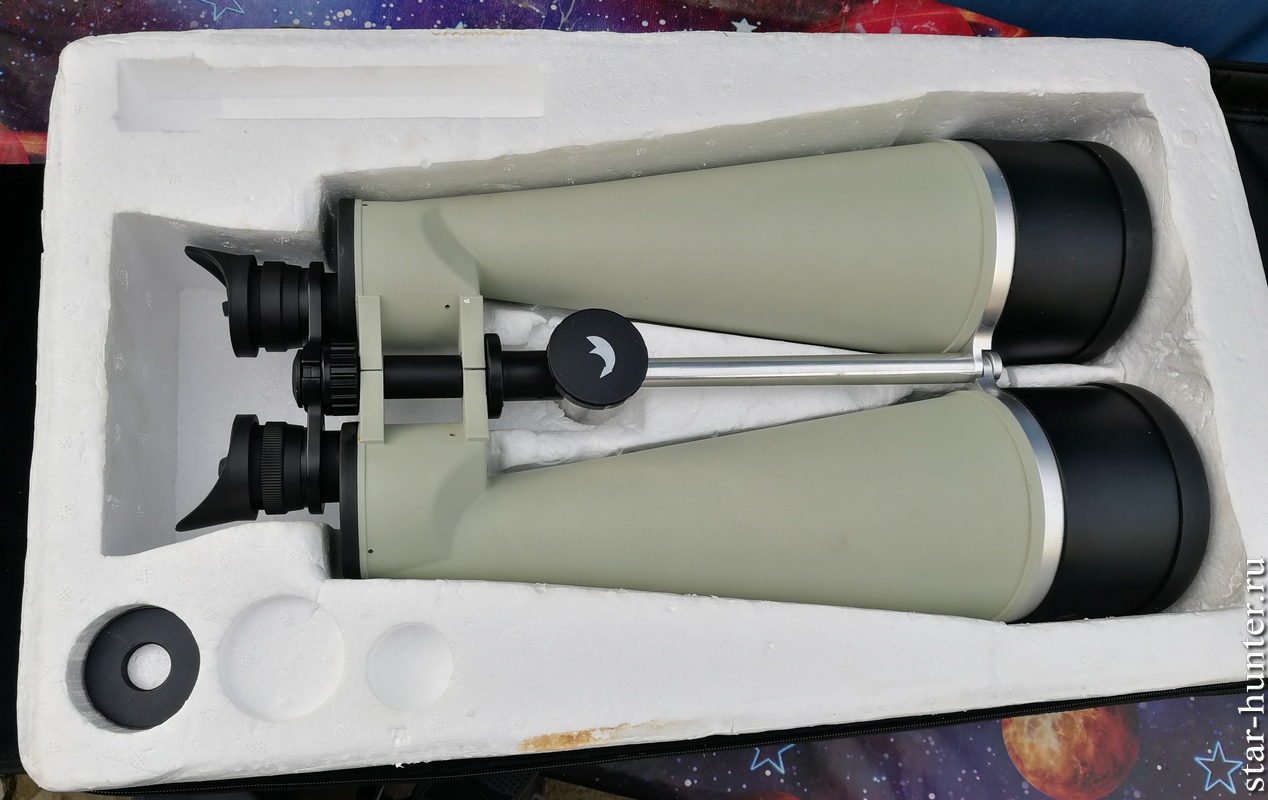
The measured weight of the binocular in the case is 5.13 kg, the case is 1.33 kg, and the binoculars with cover caps are 3.79 kg.
The measured aperture is exactly 100 mm. Objectives are achromatic doublets (made up of two lenses). On lenses multi-layer coating in green. Protective cover caps made of soft rubber. Almost the entire body of binoculars consists of metal. On the central rod there is a mount under the thread of the photo tripod.
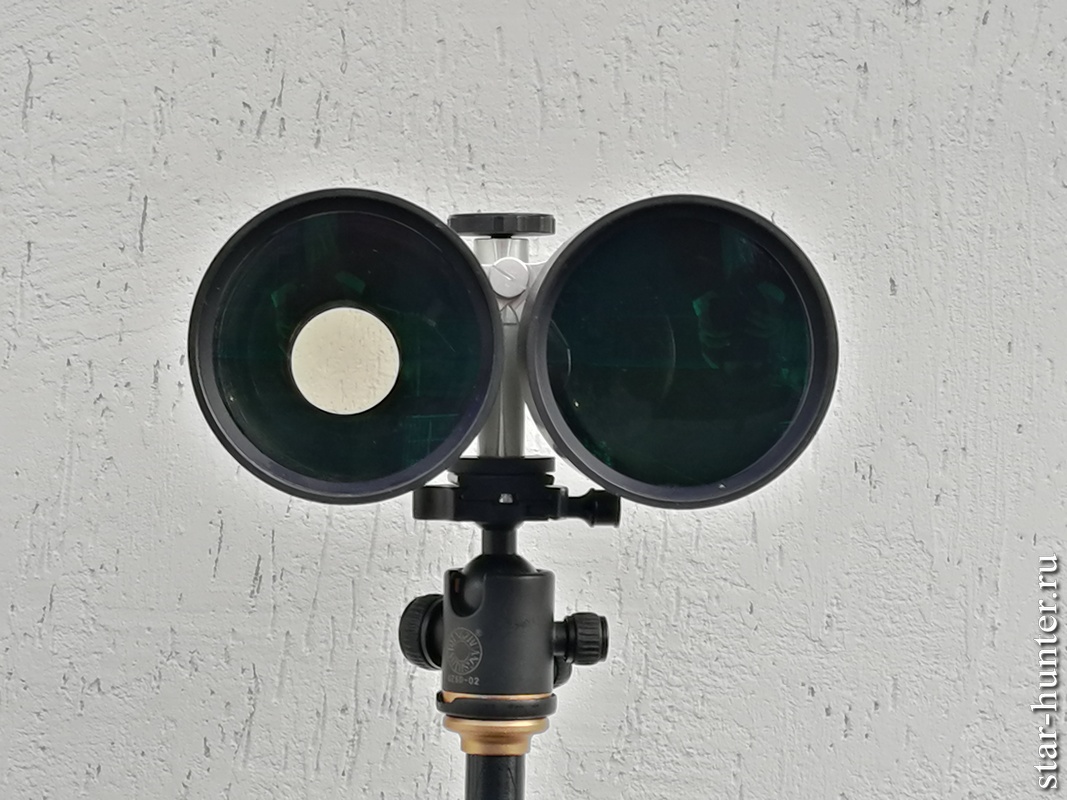
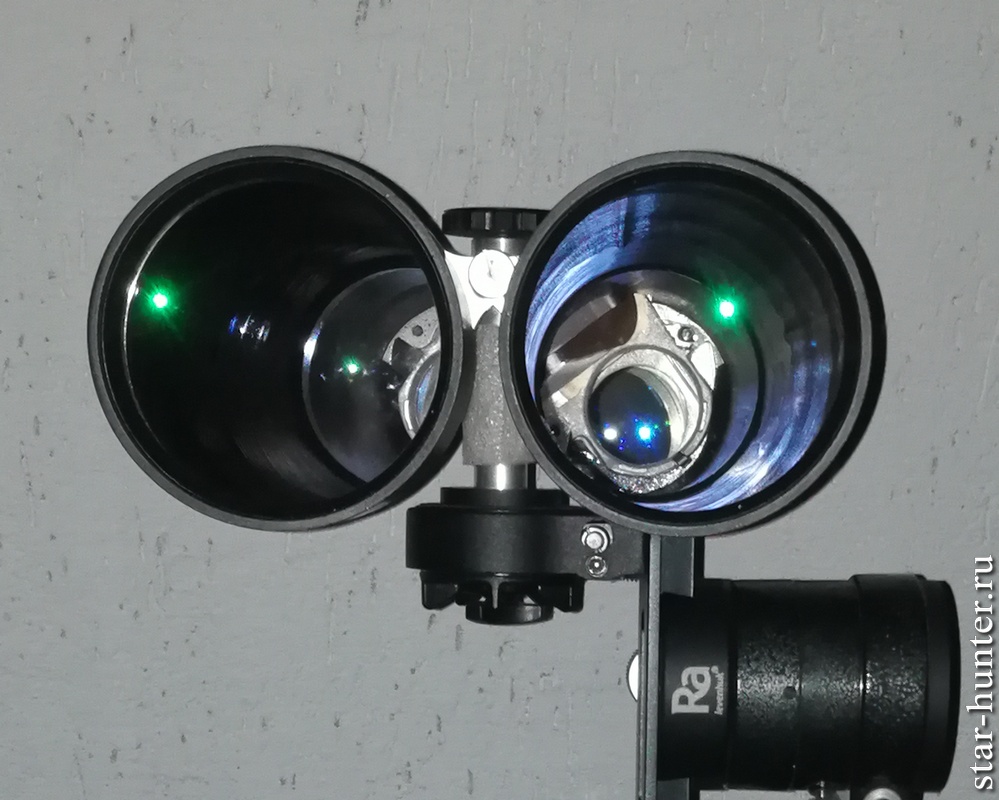
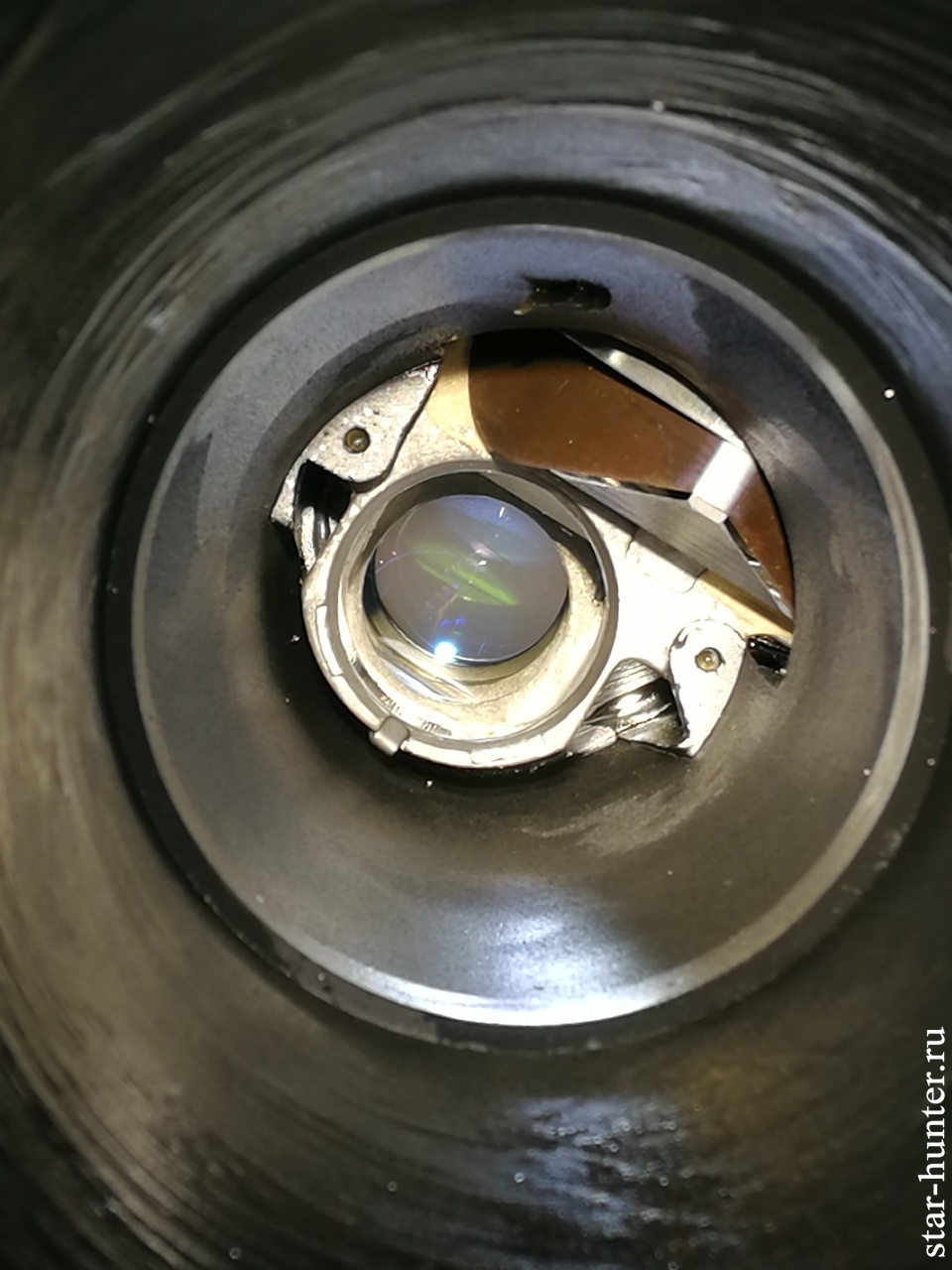
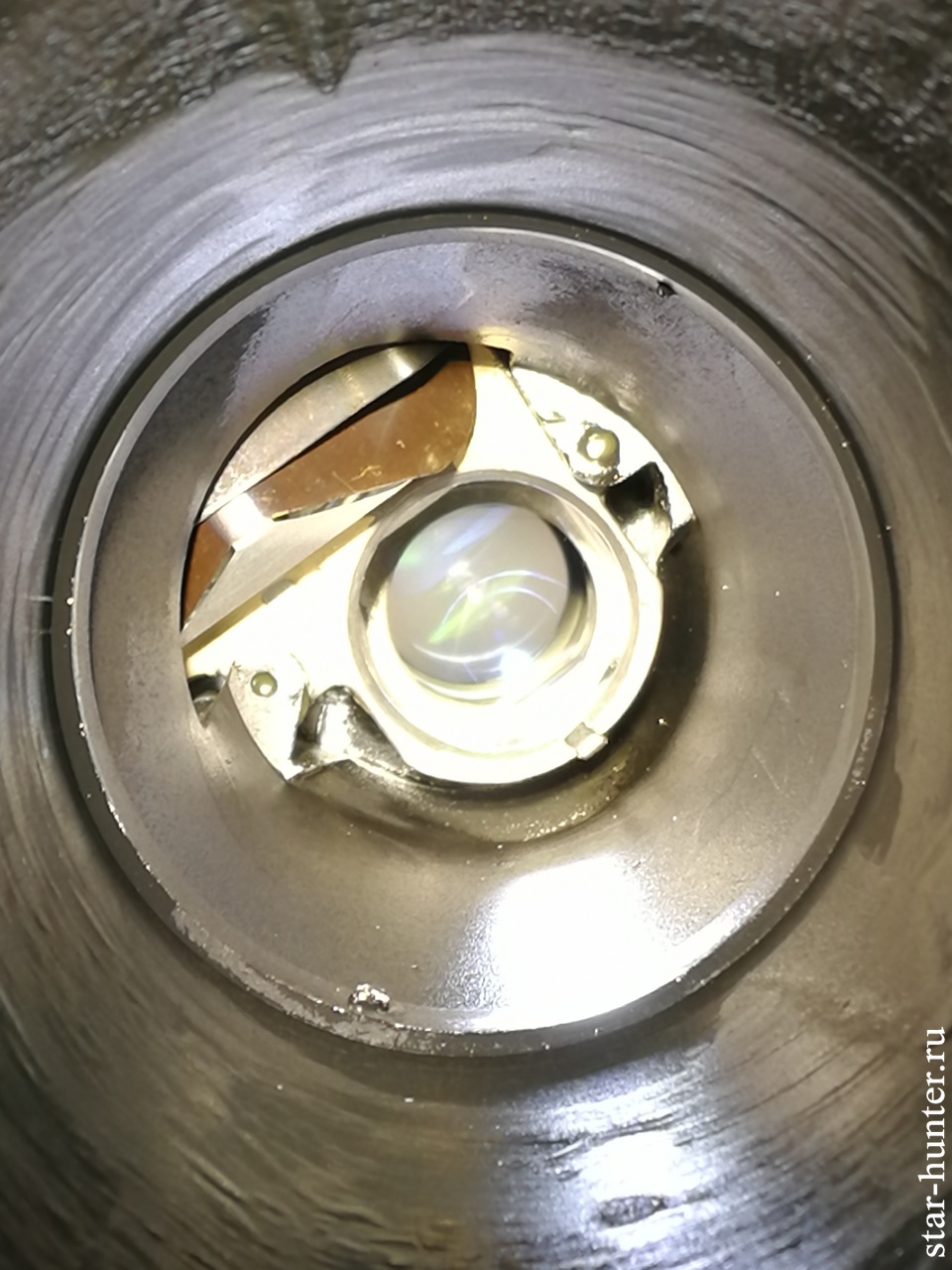
Anatomically made hard rubber eyecup, perfectly protects from side light and does not put pressure on the eyes. They are mounted on the eyepieces with clips and can rotate freely. With regular removal of the eyecup, chips appear on the plastic projection of the eyepieces.
Eye lenses are large, diameter – 24.6 mm. Coating of green and blue. The case of the eyepieces is plastic, as is the mount to the focusing mechanism. Eyecup attached to the eyepieces with clips. The removal of the pupil allows observing with glasses when the eyecups are removed.
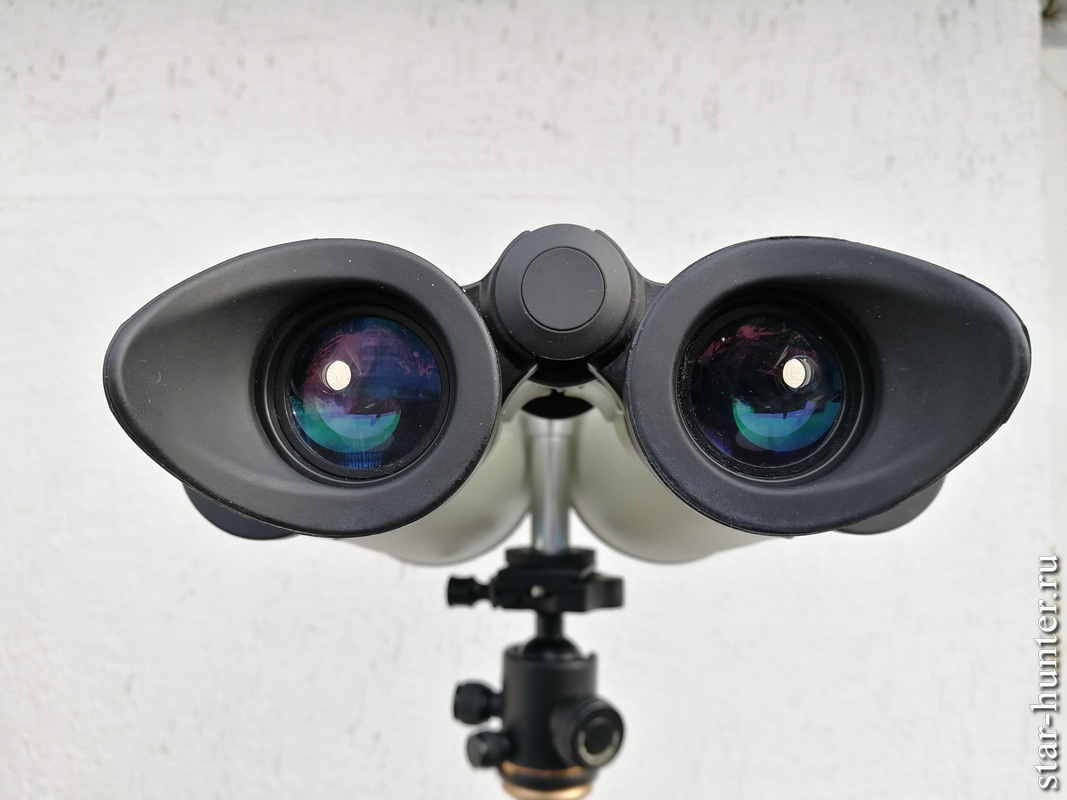
On the case there are two pairs of adjustment screws, filled with varnish. The alignment of the binoculars is stable, it is not disturbed during transportation.

Focus type – central, using the handwheel. Focusing a little tight, without any play. The right eyepiece rotates around the axis for diopter adjustment of different eyes. First we catch the focus with the left eye, then with the right eye, if necessary rotating the body of the right eyepiece.
For testing, the binoculars were mounted on a Levenhuk (GSO) ATZ mount with a plate and counterweight from a Sky-Watcher Adventurer mount. The height of the mount is small, so you had to observe from a small chair.
Binocular collimation is fine, the image does not double, the eyes are relaxed when observed. However, there is one big nuance – in the left eyepiece of binoculars, the stars on the left side of the field of view are stretched to a horizontal line, on the right side – to the vertical. In the right eyepiece the situation is opposite.

This leads to the fact that when two eyes are simultaneously observed, the stars at the edges of the visual field turn into crosses. There is a suspicion that during normal collimation the alignment of the binocular itself is incorrect, that is, you must first achieve the same type of stars at the edge of the field of view in one channel, and then reduce the halves of the image by adjusting the second channel. Simply put, these are two refracting telescopes with focusers skewed in one direction – an image like aligned, but the field is curved. The view of the exit pupils also speaks about this – they are not quite round, they look like “cat pupils”. So far there is no particular desire to use realignment, the image suits me. I wrote to the manufacturer of binoculars – no answer.

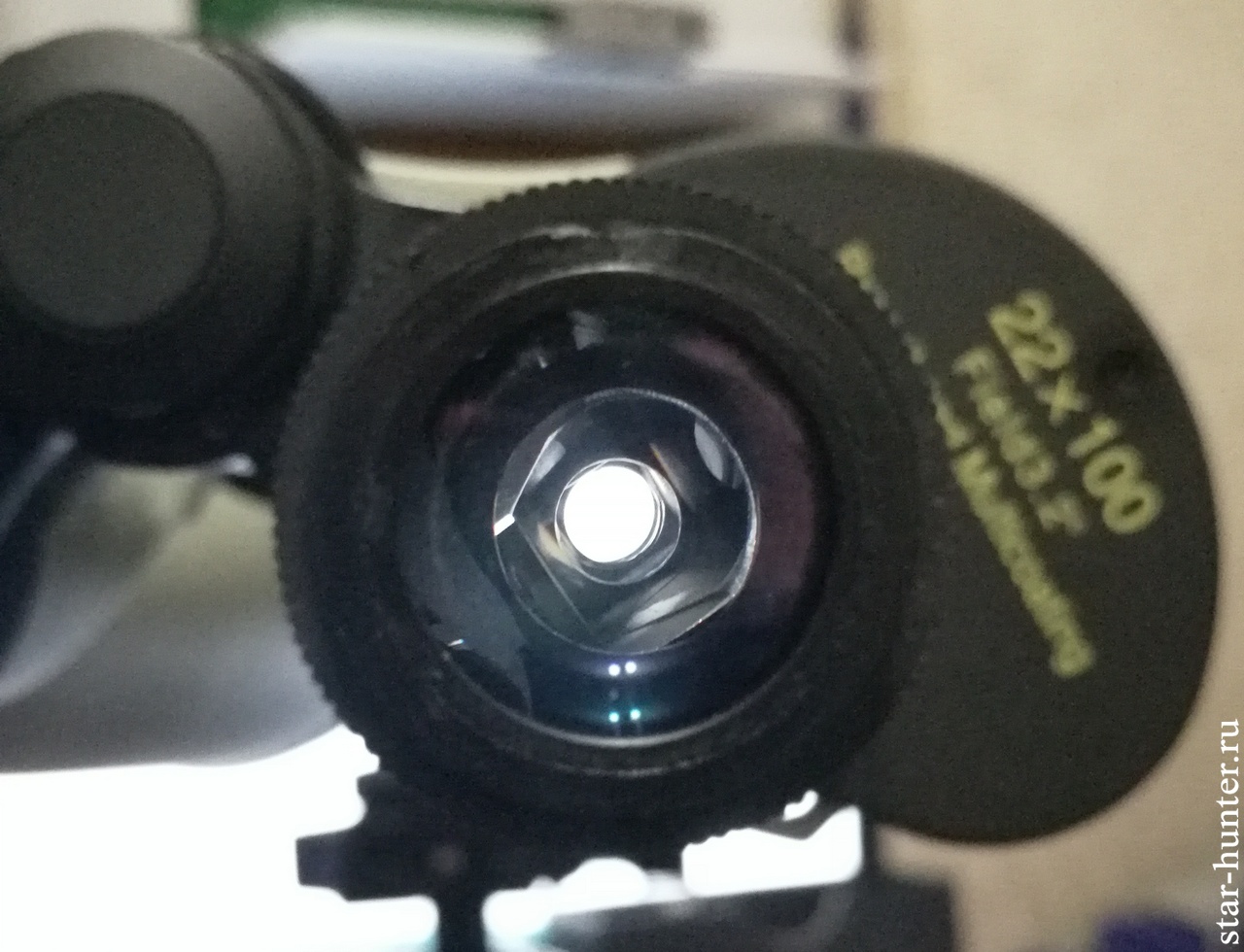
During night observations, the quality of the central third of the visual field does not cause any particular complaints, then the image deteriorates. I think that after precise adjustment it should become better. Chromatic aberratons of the stars is not striking. Testing was conducted on the illuminated city sky using the Orion Nebula, the Pleiades and the comet 46P. M42 Looks detailed, like a big cloud of smoke. Pleiades – with binocular observations you pay attention to the abundance of weak stars that are invisible when viewed with one eye. The comet looked like a colorless hazy ball with a bright center. When observing the eyes do not get tired at all, which allows you to slowly and thoughtfully peer into the image. Of course, this binocular asks for a dark sky and a pair of good light filters (for example, UHC).
With daytime observations, the image is not distinguished by razor sharpness, however, there is no critical “blurring” either. The edge of the diaphragm is sharp.
General impressions are rather contradictory:
– good image quality and excellent collimation, problems with the shape of stars across the field.
-quality metal body with a plastic block of eyepieces.
– ease of access to adjusting screws
-comfortable eye flaps
-all surfaces are coated.
Despite the shortcomings, I really liked the binoculars, it is more than suitable for observation. The eyepiece requires careful handling, it should be especially protected from shocks and damage.
In the near future – the manufacture of the parallelogram mount, the adjustment of binoculars, the purchase of two UHC filters and a trip out of town for testing under a dark sky.
Also I recommend reading my article about binocular choosing: https://www.star-hunter.ru/en/astrobinoculars/
